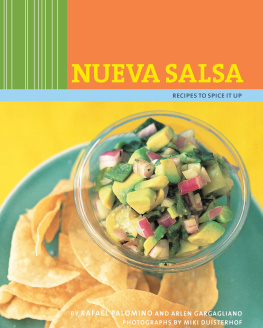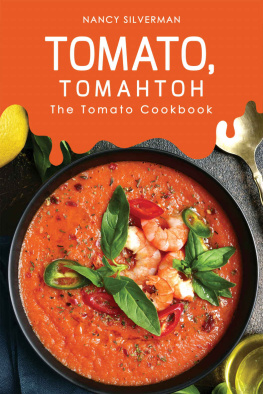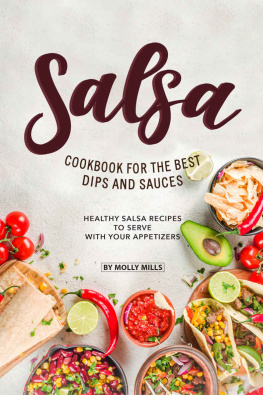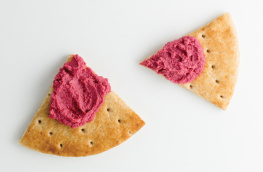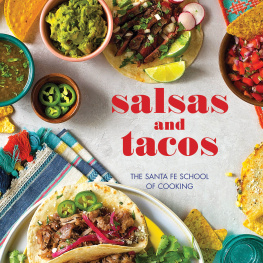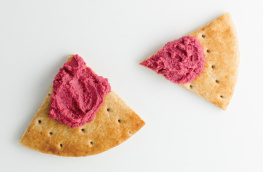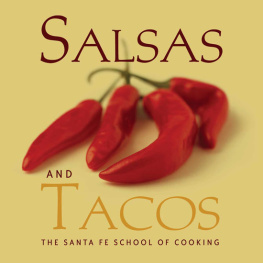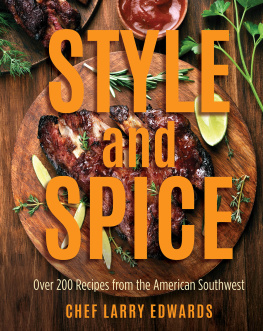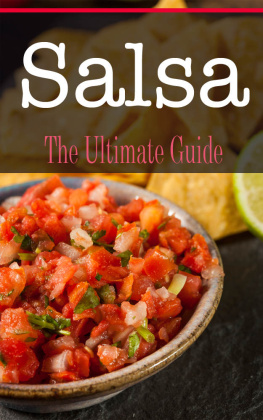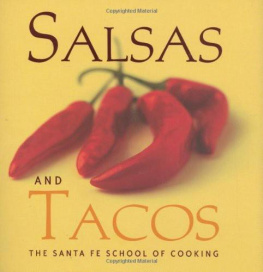I dedicate this book to my beautiful daughter, Amanda, whose love and laughter inspire me always. Rafael Palomino
Dedico este libro a mi chef favorito, Rafael Palomino, who continues to dazzle me with his creativityy su sonrisa. Arlen Gargagliano
Many thanks to: my writer, Arlen Gargagliano; my agent, Jane Dystel; my editor Bill Leblond, along with Amy Treadwell and the staff at Chronicle Books for all their support in making this project come to life; my Chronicle publicity manager, Michele Fuller; my Business partner, Moe Gad; my Managing staff: Angel Jurio, Alex Vanegas, and Juan Carlos Toro, and my chef de cuisine, Felix Perez; my kitchen-, wait- , and bar staff at Sonora and Vida; my publicists Steven Hall and Sam Firer at Steven Hall Public Relations; and especiallywith muchsimas gracias y amorto my family: my wife, Martha, my daughter, Amanda, my son, Rafael, my parents, Rafael and Graciela, my brother, Martin, and my sister, Gloria.

Salsa the word dances deliciously on your tongue. Whether music or food, salsa is vibrant. Salsa, the music, is an energy-inducing magic that lures even the most reluctant dancer to his or her feet. Salsa, the food, is the ultimate marriage of flavors and textures. Salsas add a foreground of exploding color and taste, complementing your favorite dish. They remind us of sunny days and sultry nights; they turn a celebration into a fiesta.
The Spanish word salsameans sauce in English. But salsa is mucho ms (much more) than sauce. Its a rainbow of flavors. Its clean, its fresh, and its exciting. Sometimes loud with hot serranos, other times subtle and smoky with chipotle, salsa can also be soft and smooth when made with avocado, sweet when made with mango and papaya, or deeply flavored when made with aguardiente (Colombian brandy) and blackberries. Salsas can be made with fresh or cooked ingredients. In sauces there is a melding of flavors, while in salsas, each of the ingredients is destacado, or outstanding; each maintains its individual integrity.
Salsas are exciting and sexy; they should appeal to both your mind and palate. Creating a salsa is like composing a floral bouquet: The balance of color (both pale and bright) and texture (both soft and crunchy) is key. The basic rule for creating salsas is to use the freshest ingredients possible, then add vinegar and citrus juices to enhance the flavors.
Salsas are also like bouquets in that they are delicate. Fruit salsas are especially fragile and should be served shortly after preparing. Most salsas should sit for about 20 minutes at room temperature before serving so that the flavors marry. Refrigerated salsas should be brought to room temperature prior to serving. If you are making a salsa ahead of time, those using cooked ingredients are the best choice.
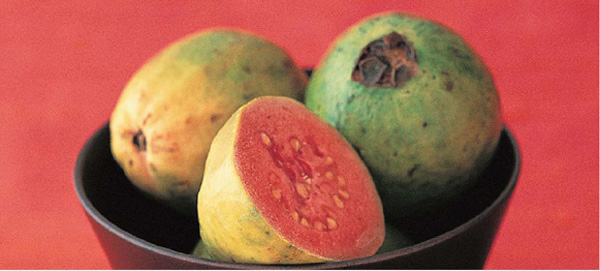
Salsa symbolizes how significantly food trends have evolved in the past fifteen years. In that time, salsa has leapt into the limelight. In 1991, U.S. sales of salsa beat those of ketchup by $40 million. In addition, the food industry has started doing what weve been doing in Latin America for hundreds of years: using spicesinstead of fatsas flavor enhancers. Por fin, finally, the U.S. market is awakening!
This awakening is partly due to the many immigrant groups that have comeand continue to cometo the United States, as a walk through any supermarket will show. In addition to the abundance of Latino productsfrom fresh vegetables and seasonings to tortillas there are chutneys from India, kimchees from Korea, jerk sauces from Jamaica, and tabboulehs from the Middle Eastjust to mention a few.
Furthermore, its not just changes in palate that have boosted the popularity of salsas; its also an increased awareness of what constitutes healthful cooking and eating. Salsas are usually very low in fat. Their basic ingredientsvegetables, chiles, fruits, beans, and grainsare clean and fresh. Their flavoring comes from vinegars, fresh herbs, and spices that add magic, not fat.
Salsa is elegant not only because it adds that special toque (touch) to so many dishes, but also because it is usually quite simple to prepare. The ingredients are not numerous, and preparation time is minimal. This means that whether you are struggling with that end-of-the-day pre-dinner craziness or mixing cocktails for a group of guests, you can take a few minutes and prepare something that will add chispa (spark) to whatever it is youre serving.
Salsas have always been an important part of my life. As a muchacho in Colombia, I was always armed with my spoon as my mother and abuelita (grandmother) prepared their salsitas, ranging from salsa de aj picante (spicy pepper salsa) to salsas de frutas (fruit salsas). I always loved the depth of flavor that salsas added to everything.
Thinking back now, I see that it was a trip to Mexico that led me into the world of salsa. My parents took us to Ixtapa, a beautiful village on the Pacific coast of Mexico. We dined every afternoon on a variety of local fare that was always enhanced by an accompanying salsa. We feasted on Pacific lobster, grilled over wood or boiled in seawater and scooped into freshly made tortillas, then topped with fresh cilantro and guacamole. We devoured grilled pargo (red snapper) with pepin, a rich Mexican classic sauce (foundwith slight variationsin several parts of Mexico) of serrano chiles, cilantro, light cream, and pumpkin seeds. And we delighted in the many shrimp dishes, topped with salsas of chiles, cilantro, and tomatillos. As different as the salsas were from one another, they shared two common traits: They were fresh and sabroso (tasty), and they added un toque muy especial, a special touch, to the principal dish.

Later, when my family moved to New York and I got an after-school job working in Larry Forgiones River Caf, my culinary horizons were broadened. (Thats when my dream of becoming an engineer of cities was transformed into becoming an engineer of flavors!) Prepared with my copy of Louis Saulniers classic Le Rpertoire de la Cuisine, I began to develop a more in-depth knowledge of classic French cuisine. I learned about adding depth to sauce bases like wine, tomato, and chicken stock, and became familiar with sauces from aoli to zingara.
These experiences helped to build the foundation of my flavor-combining skills, and I was hungry to learn more. When I was nineteen years old, I spent an incredible year in southern France, under the tutelage of French chef Michel Gurard. There I put into practice what I had begun to learn at the River Caf: the fine art of blending herbs and spices. After my year abroad, I worked with chefs in New Yorklike Jonathan Waxman at Jamsfrom the school of New American cooking. They focused on using the freshest ingredients available. Now, in Vida, my New York City restaurant, and Sonora, my Port Chester, New York, restaurant, as well as in the recipes in my cookbooks Bistro Latino and Viva la Vida

